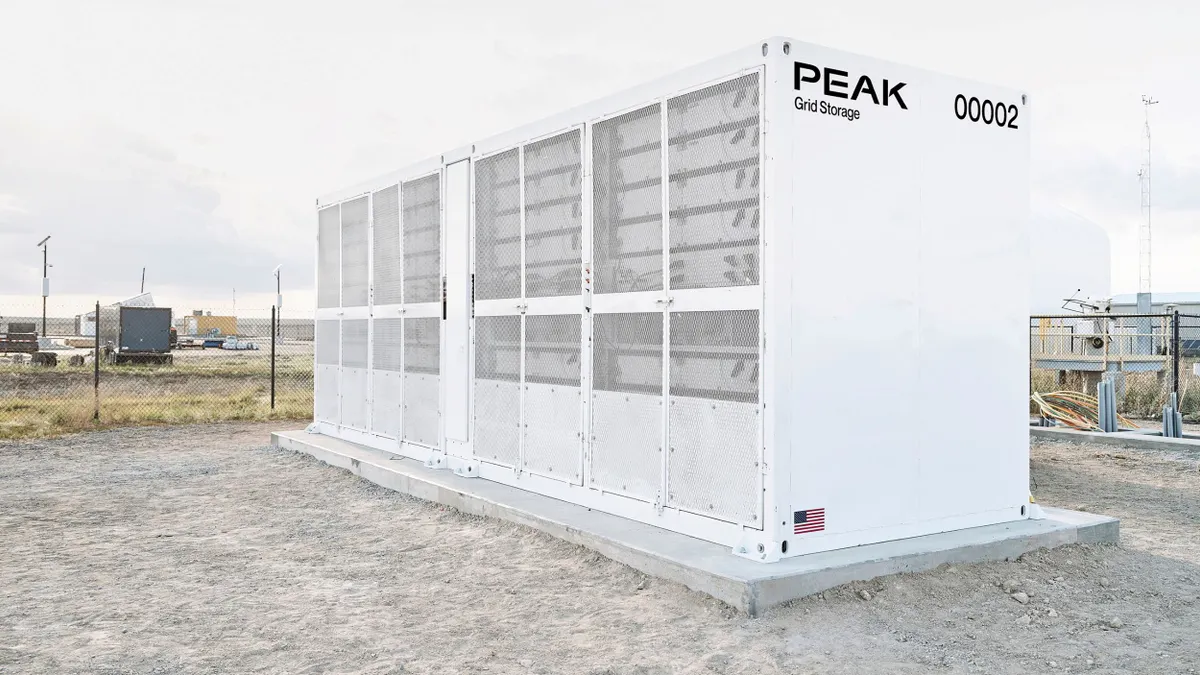Dive Brief:
-
A new study from energy research and consulting firm Wood Mackenzie suggests that individual natural disasters may not be a primary motivator for microgrid deployments, in spite of the extreme-weather reliability benefits offered by the technology, Greentech Media reports.
-
Many microgrids are powered by natural gas or diesel, rather than a combination of clean technologies, although the growth of solar+storage in the wake of hurricanes in Puerto Rico is a notable exception, according to Greentech.
-
Growth opportunities for microgrids remain significant in areas with favorable policy and repeated disasters, according to Isaac Maze-Rothstein, WoodMac research associate and author of the study. Despite challenges, the systems are proliferating as businesses, universities and vital service providers like fire departments and hospitals seek to guarantee uninterrupted service.
Dive Insight:
While the microgrid market is "not significantly impacted" by individual crises, according to Maze-Rothstein, resilience more broadly is an increasingly common reason for adopting the technology, according to Robert Tucker, principal consultant for advisory services at the Smart Electric Power Alliance (SEPA).
Tucker is not connected to the Wood Mackenzie study, but said customers are interested in microgrids for multiple reasons, including cost savings, flexibility, opportunities to participate in the wholesale market, and resilience.
"I think [resilience] is definitely included in [end-users'] calculus when they're looking at a microgrid," Tucker told Utility Dive.
Recent examples illustrate the trends highlighted by Tucker and the Wood Mackenzie study. Regulators and stakeholders in the District of Columbia have called for the exploration of microgrids as a way to modernize the grid and serve communities during outages. Canada's first utility-scale microgrid was recently developed by S&C Electric Company and North Bay Hydro in response to repeated outages from winter storms and a desire to provide the community with a safe facility in the event of future outages.
Like many microgrids, North Bay's "Community Energy Park" will rely mostly on natural gas, although it does include 9 kW of solar. While the distributed energy resources used to power microgrids may include fossil generation, Tucker said, the trend is toward cleaner microgrids that incorporate at least some renewables where possible.
"Military bases are a good example," Tucker said. "A lot of times they're on a site using diesel as a fuel source, but they may have some solar and if they can build out more solar and maybe add a battery, they [can] improve that generation profile, make it greener, and get to a microgrid."
Microgrids are characterized by their ability to "island," providing power to a suite of buildings or an individual customer during a grid outage, which makes them attractive to a wide variety of customers. In the wake of Hurricane Sandy in 2012, some stakeholders forecasted a microgrid buildout in response to the storm, which became true, to some degreee.
According to the WoodMac study, Sandy was the second most impactful storm after Hurricane Irma in terms of the microgrid deployment it spurred between 2012-2019, but the storm still accounted for just 5% of the total microgrid operational capacity installed during the study period. One of the microgrid projects spurred by Sandy was a collaboration between the DOE and the state of New Jersey to support rail transit during emergencies.
As utilities look to expand into the microgrid space, opportunities do exist following storms. However, developers may also be looking to areas where outages coincide with extreme weather. One example, touted by Sunrun, is California, where grids can be de-energized to protect residents during times of high wildfire risk, but thereby also deprive them of power.













